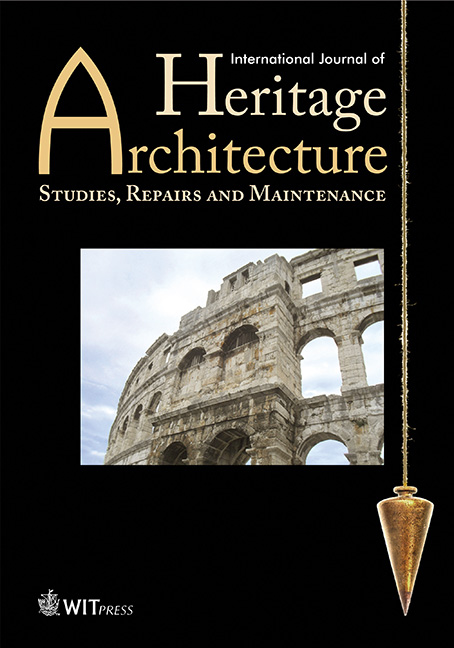A tale of two rushans: Architecture through oral history
Price
Free (open access)
Volume
Volume 1 (2017), Issue 3
Pages
13
Page Range
365 - 378
Paper DOI
10.2495/HA-V1-N3-365-378
Copyright
WIT Press
Author(s)
H.M. ABBAS
Abstract
The Hijaz, in the western Arabian Peninsula, is a cultural hub where Muslims of different backgrounds gather, accounting for its unity and diversity. As any other surrounding region, modernity has touched the Hijaz in various forms, especially in its material culture. In Jidda, the main coastal city in the region, traditional domestic buildings, built mainly in the early 1800s, were inhabited by their owners until the oil boom in the1970s. When these families left their homes, in many cases, the owners rented them to low-income labourers, rented them as shops or simply left them empty. In all cases, the majority of houses in Old Jidda were victims of misuse and neglect. In order to understand the original structures of these houses, I interviewed their owners, most of whom, luckily, are still alive. The purpose of the study is to document the existing status of two surviving houses from Old Jidda and to analyse their interior spaces through interviewing people who used to live in them. The aim of this study was to create a link between the existing architectural elements of the selected houses and the houses’ oral history, which is achieved through interviewing the owners. The selected properties are Bayt al-Jukhdar and Bayt Nur Wali. These were selected because they witnessed minor changes since they became unoccupied in the 1970s. The result that this study should achieve is a documentation of the structure, architectural elements, interior divisions and details together with people’s experience of living in these traditional houses.
Keywords
domestic architecture, Hijaz, Jidda, oral history, rushan




